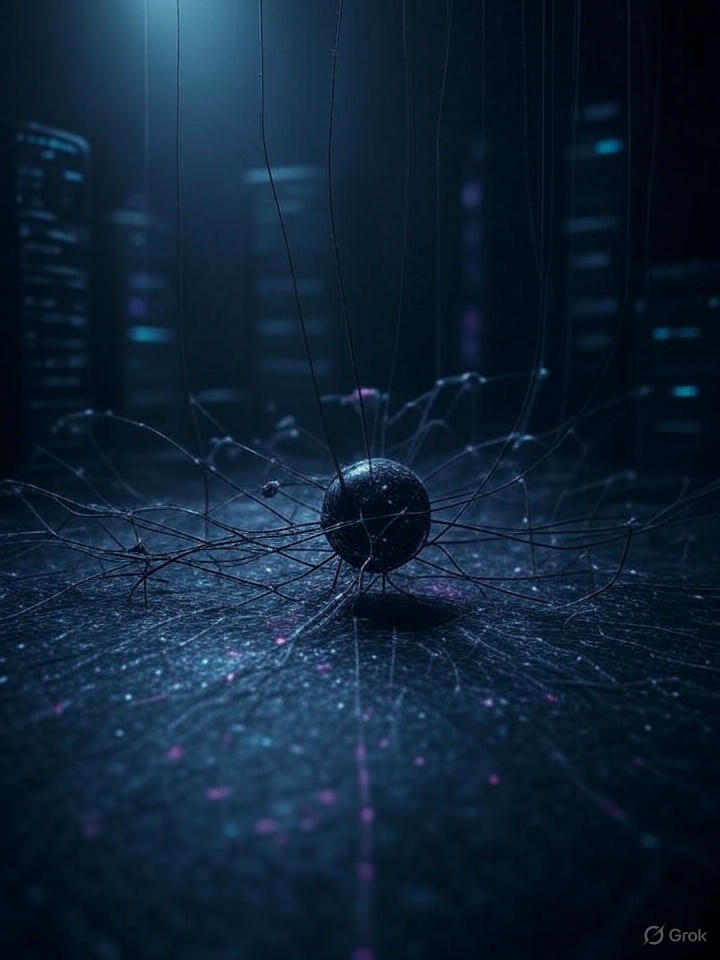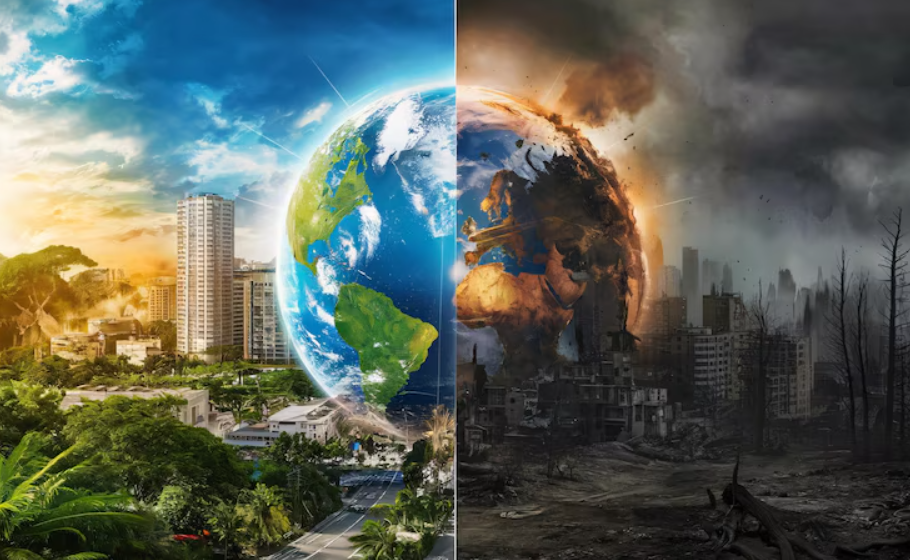The internet we use daily—Google searches, social media, and e-commerce—represents just a small fraction of the vast digital ecosystem. Beneath the surface lies the Dark World Wide Web, often confused with the Dark Web, but far more expansive in scope and complexity. As we journey 2025, this hidden network continues to evolve, offering both legitimate privacy tools and dangerous underworld marketplaces.
This article explores what the Dark WWW truly is, how it’s accessed, and why it’s drawing the attention of both cybersecurity experts and cybercriminals around the globe.
What is the Dark World Wide Web?
The Dark World Wide Web (DWWW) refers to a network of hidden websites and services not indexed by standard search engines. Unlike the Deep Web, which includes private content like banking portals or subscription services, the Dark Web (a subset of the DWWW) exists on encrypted networks like Tor (The Onion Router) or I2P (Invisible Internet Project) and requires specific tools to access.
In 2025, the term Dark World Wide Web encompasses not only traditional Dark Web marketplaces but also new, decentralized platforms, peer-to-peer encrypted communication channels, blockchain-based darknets, and even AI-driven private forums.
Accessing the DWWW: Tools and Techniques
To enter the Dark World Wide Web, users typically rely on:
-
Tor Browser: The most popular gateway, using onion routing to hide user identity.
-
I2P: Favored by privacy advocates for secure file sharing and anonymous web hosting.
-
Freenet: A decentralized network designed for censorship resistance.
These platforms are legal in most countries, and accessing them is not a crime. However, their anonymity is what attracts illicit activities, leading to government scrutiny and cybersecurity concern.
What Lies Beneath: Uses in 2025
Legitimate Uses
-
Journalism: Whistleblowers and reporters use Tor to communicate securely (e.g., SecureDrop).
-
Political Activism: Dissidents in oppressive regimes rely on anonymity to organize and share information.
-
Privacy Tools: Forums and communities advocating for digital privacy thrive in this environment.
Illicit Activities
Despite positive use cases, 2025 sees a rise in illegal content and services:
-
Darknet Marketplaces: Even after the takedown of Silk Road, Hydra, and others, new platforms like “Medusa Markets” (name anonymized) are offering drugs, weapons, and stolen data.
-
Cybercrime Services: “Ransomware-as-a-Service” kits and botnet rentals are sold openly.
-
Fake IDs & Passports: Deepfake technologies are now being bundled with forged documentation packages.
In 2024, Europol traced over 400 TB of criminal transactions across hidden darknet nodes in Europe and Africa, including Nigeria, prompting renewed counter-cybercrime collaboration.
Evolving Threats & Government Response
As cybercrime escalates, so does surveillance and intervention. Governments and intelligence agencies now employ:
-
AI-based pattern recognition to trace financial flows on crypto exchanges.
-
Undercover cyber units infiltrating chat groups and vendor listings.
-
Sanctions on privacy coins like Monero, often used on dark marketplaces.
Nigeria’s National Information Technology Development Agency (NITDA) is working with INTERPOL to strengthen digital defenses, particularly around critical infrastructure.
How to Stay Safe
Even for curious researchers or professionals, exploring the DWWW can be dangerous. Basic safety includes:
-
Never use your real identity or personal devices.
-
Avoid downloading any unknown files.
-
Use a secure OS like Tails or Whonix.
-
Stay updated on darknet trends via verified cybersecurity sources.
Final Thoughts: Understanding, Not Glorifying
The Dark World Wide Web is neither entirely evil nor purely innocent. In 2025, it represents a double-edged sword empowering freedom while enabling crime. Understanding it is critical for tech enthusiasts, cybersecurity professionals, and policymakers, not for curiosity alone, but to inform better digital policy, protect citizens, and defend against rising threats in our increasingly digitized world.
“If the internet is an iceberg, the surface web is only the tip,” notes cybersecurity analyst Ifeanyi A. from Lagos. “The rest—the dark world wide web—is where the real, unfiltered internet lives.”
Recommended Reading & Tools:
For those navigating the future of the internet, knowledge is the first layer of protection.
Last Updated on June 13, 2025 by kingstar





